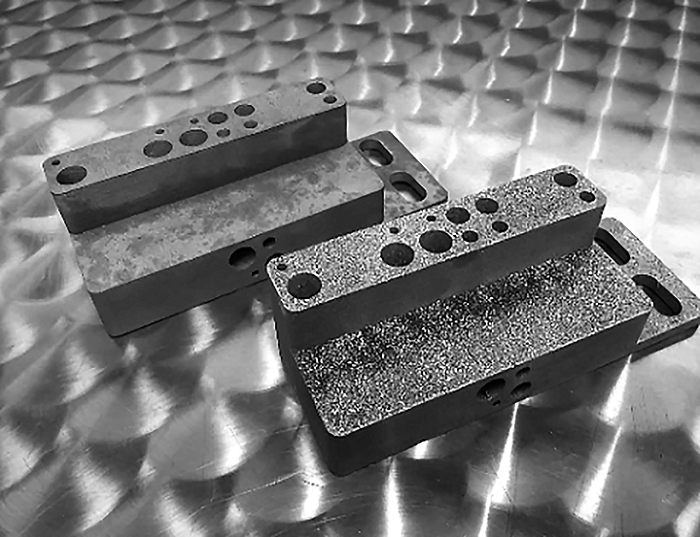ISO 4516 Microstructure Examination of Surface Layers
The ISO 4516 standard provides a comprehensive approach to microstructural examination specifically tailored for surface layers. This service is essential in additive manufacturing and 3D printing testing, where the integrity and quality of surface layers are critical for ensuring product performance and compliance with regulatory standards.
The process involves detailed analysis using advanced microscopy techniques such as scanning electron microscopy (SEM) and transmission electron microscopy (TEM). These methods allow for a deep dive into the microstructure of thin surface layers, revealing details about grain size, texture, phase distribution, and defect characteristics. This information is crucial for understanding the mechanical properties and potential failure mechanisms in 3D printed components.
Specimen preparation is critical to achieving accurate results. The specimens are typically cross-sectioned using precision cutting methods to expose the surface layers for examination. Proper handling of these samples ensures that the microstructural features remain undisturbed, providing reliable data.
The primary objective of this service is to provide detailed insights into the microstructure of surface layers, which can inform process optimization and quality control. By using ISO 4516, manufacturers can ensure consistency in their products, identify potential issues early on, and adhere to international standards for additive manufacturing.
For those involved in R&D or compliance management within the industry, this service offers a powerful tool for advancing product development and ensuring regulatory compliance. The insights gained from microstructural examination can lead to innovations in material selection and processing techniques, ultimately enhancing product performance and reliability.
Industry Applications
- Additive manufacturing and 3D printing of metallic parts
- Coatings and plating processes for enhanced durability
- Polymer-based components requiring surface modification
| Application Area | Description |
|---|---|
| Additive Manufacturing & 3D Printing | In-depth examination of surface layers to ensure mechanical properties and integrity. |
| Coatings and Plating Processes | Evaluation of coating adhesion, uniformity, and defect presence. |
| Polymer-Based Components | Analysis of surface modifications to improve wear resistance or chemical stability. |
The service is particularly beneficial for quality managers and compliance officers who need to verify that the surface layers meet specified requirements. This includes checking for any defects, ensuring uniformity across all parts, and confirming adherence to international standards such as ISO 4516.
Environmental and Sustainability Contributions
The microstructural examination of surface layers plays a crucial role in enhancing the environmental sustainability of products. By providing detailed insights into the structure and composition of these layers, this service enables manufacturers to optimize their processes for greater efficiency and reduced waste.
Through precise control over the parameters involved in additive manufacturing and post-processing, companies can minimize material usage while maximizing product performance. This not only reduces costs but also contributes positively to environmental conservation efforts by reducing resource consumption.
The service aligns with broader sustainability goals by promoting circular economy principles. By identifying defects early on, manufacturers can prevent the production of substandard parts that would otherwise end up in landfills or require rework, leading to increased energy and material usage.
Use Cases and Application Examples
| Example | Description |
|---|---|
| Stainless Steel Parts | Evaluation of surface layers to ensure resistance to corrosion and wear. |
| Nickel-Based Superalloys | Analysis for improved creep resistance in high-temperature applications. |
| Aluminum Alloys | Verification of surface integrity after anodizing or hard coating processes. |
The service is widely used in various sectors, including aerospace, automotive, and medical devices. In the aerospace industry, for instance, it helps ensure that parts can withstand extreme environmental conditions without compromising safety or performance. The automotive sector benefits from this service by improving fuel efficiency through optimized surface treatment processes.





